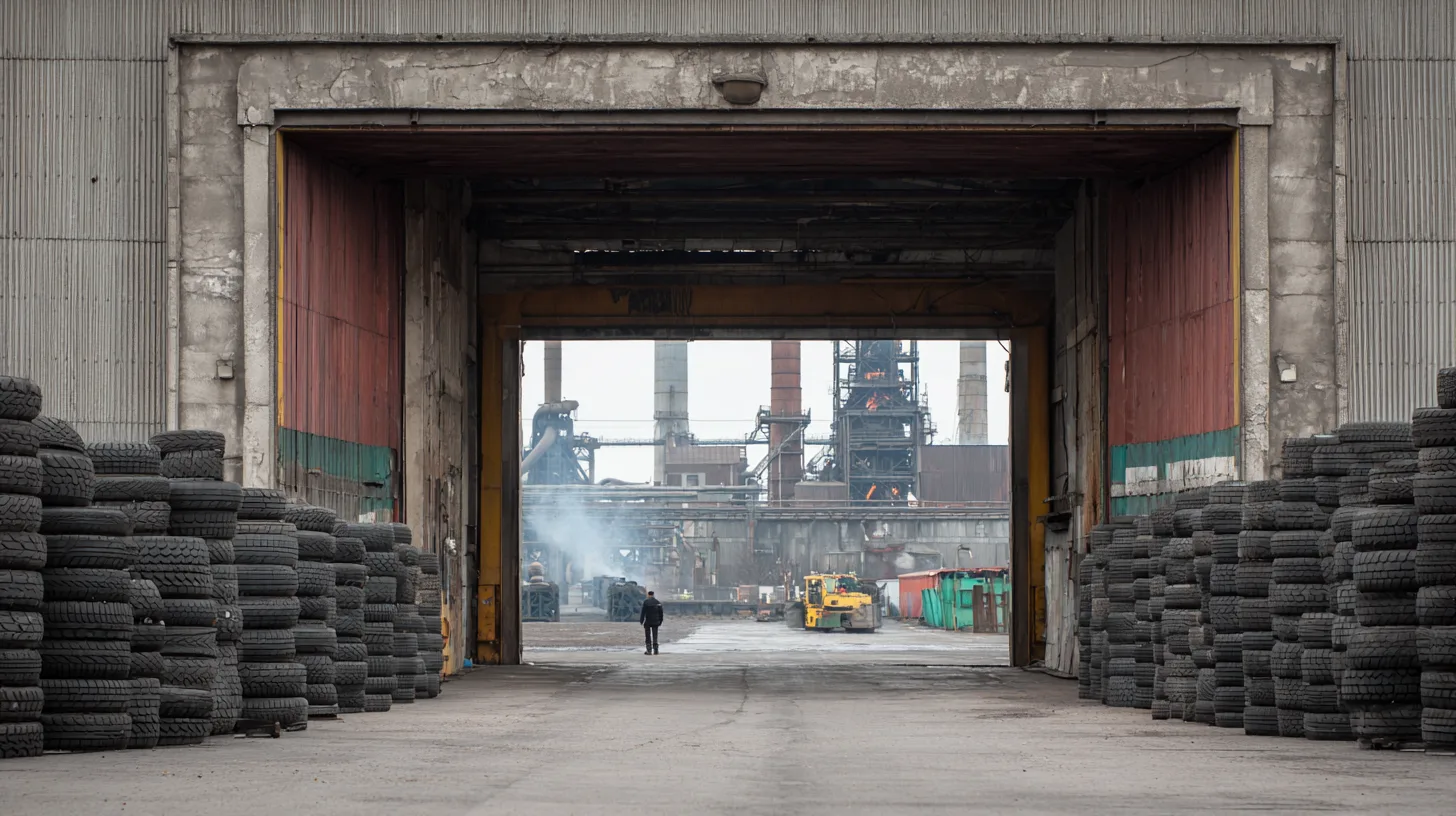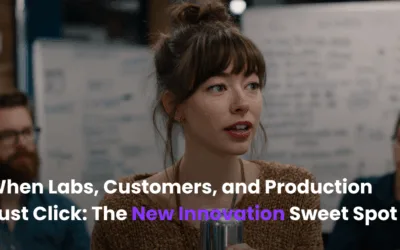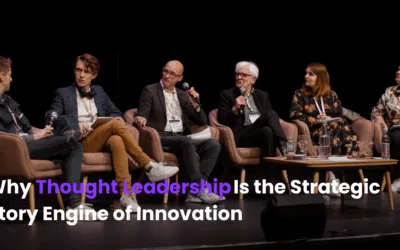How many times have you asked a question and then found an entire project spins around and launches into a new direction? We believe this is the power of data, creativity and ingenuity. In this innovation case study on Green Steel, new industries are unlocked when the right question is asked. All it takes is a sense of curiosity – and a little courage.
What Sparked It?
At the University of New South Wales, Professor Veena Sahajwalla asked a question that broke the boundaries of metallurgy and waste management:
Can waste become fuel for steel?
Where Curiosity Met Context
Traditional steelmaking relies heavily on coal – one of the most carbon-intensive processes on Earth.
But as a materials scientist, Sahajwalla saw something different in the piles of waste plastics and tyres ending up in landfill. She wondered: could we engineer a solution that’s both cleaner and commercially viable?

Impression of tyres ready for the smelter
Photo Credit: Midjourney
Chasing the Unknown
Through experiments at the UNSW SMaRT Centre, Sahajwalla developed a process to replace some of the coal used in steelmaking with rubber and plastic waste.
Her team also pioneered microfactories—small, decentralised units that recycle e-waste and glass into ceramics, plastics, and metals.
What Happened Next?
The world’s first industrial-scale “green steel” plant now runs in Australia.
The process reduces reliance on virgin materials and slashes CO₂ emissions. Her microfactory model is being adopted in regional communities and by manufacturers worldwide.
Read the full case study here.
The future of manufacturing doesn’t lie in new resources—it lies in reimagining the old ones.
Ready to ask your question?
If you’ve got a challenge that seems too complex or constrained, maybe it’s time to flip the question. Let’s explore your ‘what if?’ together.



